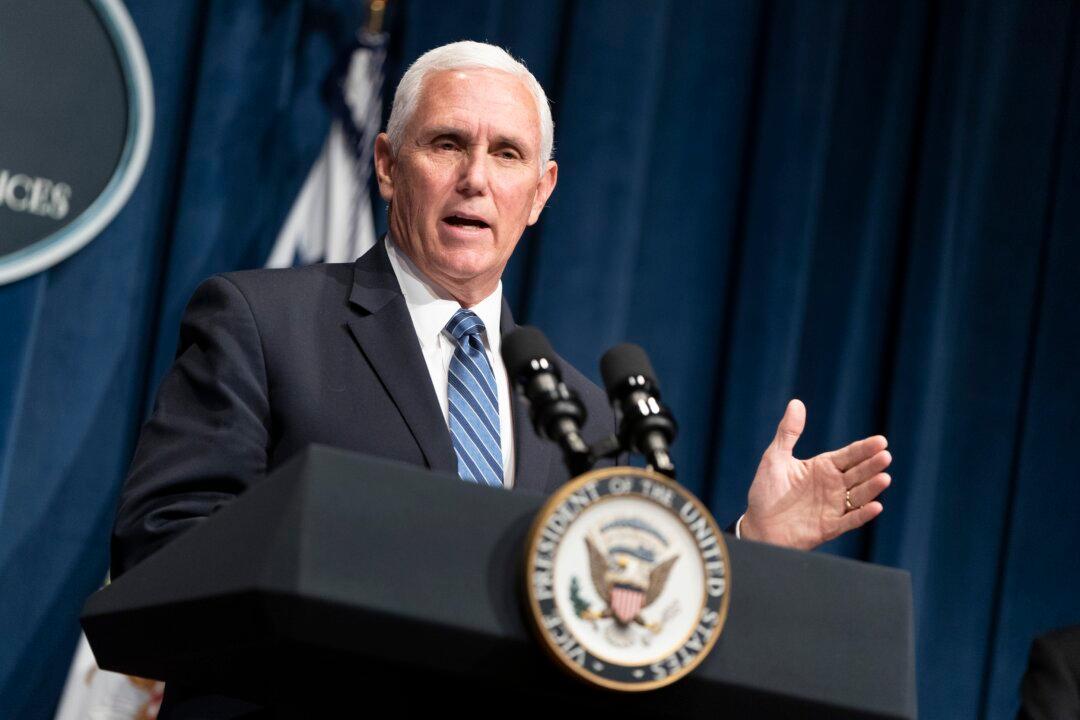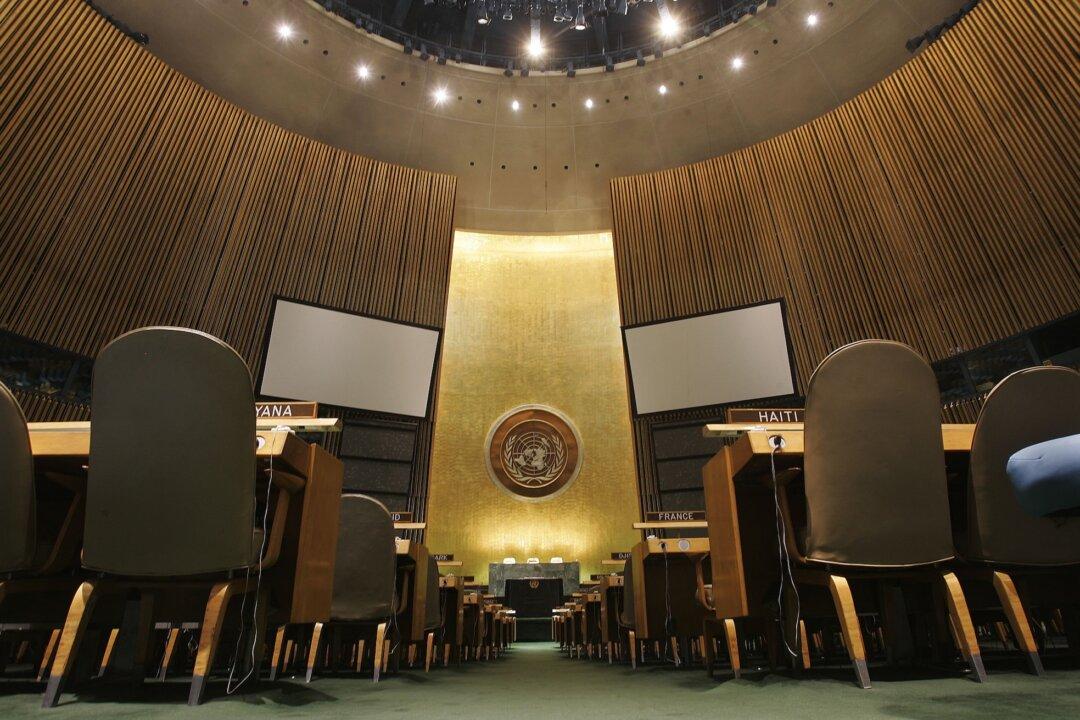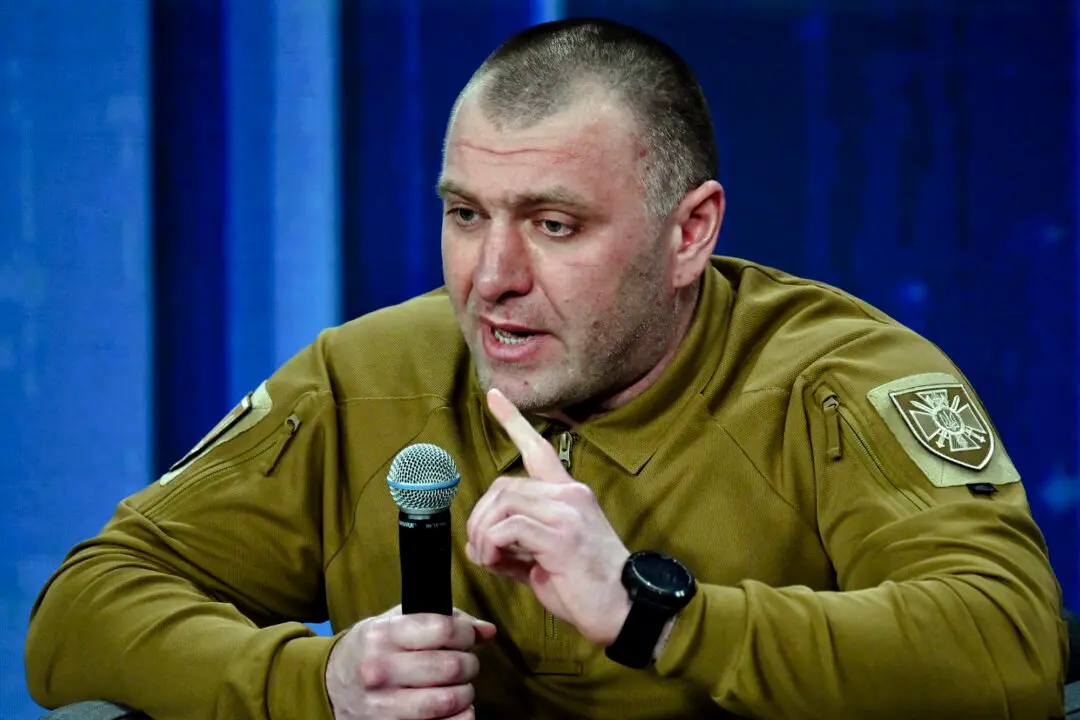The Trump administration has designated teachers as “critical infrastructure workers,” a nonbinding classification that places them under specialized risk management strategies to help them work safely amid the pandemic.
Vice President Mike Pence confirmed the designation in an interview on Fox News on Aug. 21.





